FUNDING CUTS IMPACT CT HUMANITIES: Help CT Humanities navigate recent funding cuts and continue our vital work across Connecticut. All donations made to CTH will be matched dollar-for-dollar up to $50,000. Donate today!
Now Viewing:
Contemporary United States 1978-present

Connecticut History Day 2026: Revolution, Reaction, Reform in History
Connecticut’s people have taken on responsibilities to establish state and national rights through the courts, protests, and everyday acts.
Read
M. Jodi Rell: Connecticut’s 87th Governor
As the second female governor of Connecticut, Jodi Rell faced struggles but helped the state stabilize after controversy and corruption.
Read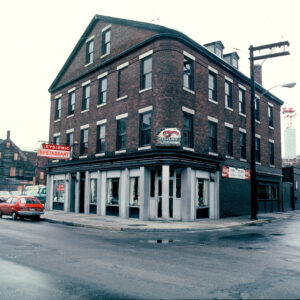
New London’s Hygienic Art Building
Located at the corner of Bank and Golden Streets, the Hygienic structure is an integral part of New London’s architectural history.
Read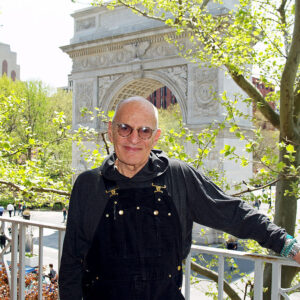
Larry Kramer: Gay Rights and HIV/AIDS Activism
Larry Kramer’s impactful literature and advocacy endeavors altered negative national perceptions to significantly improve AIDS health policies.
Read
Philip Johnson’s Glass House
Architect Philip Johnson’s Glass House in New Canaan, Connecticut is considered a masterwork of modern American architecture.
Read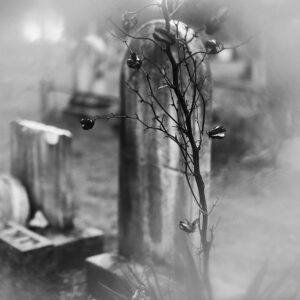
New England Society for Psychic Research: Connecticut Paranormal Investigators Leave Legacy of the Occult
A fascination with haunted houses, spirits, and demonology led Ed and Lorraine Warren to establish the New England Society for Psychic Research (NESPR) in 1952.
Read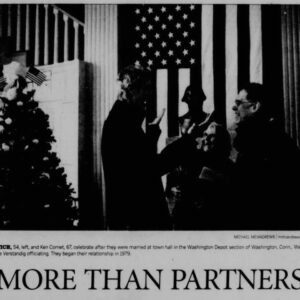
Connecticut Issues Same-Sex Marriage Licenses for the First Time – Today In History: November 12
On November 12, 2008, Connecticut issued its first marriage licenses for same-sex couples after Kerrigan et al. v. Commissioner of Public Health et al..
Read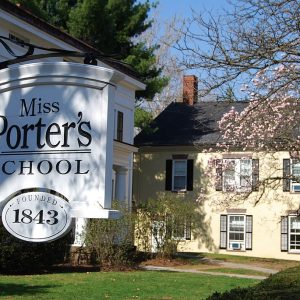
Miss Porter’s School in Farmington
Miss Porter’s School, founded in 1843 in Farmington, is an elite, female, privately funded, 40-acre, educational institution in central Connecticut.
Read
Connecticut Discovered Lyme Disease – Who Knew?
The discovery of Lyme disease, and its transmission through ticks, got its start around Lyme, Connecticut in 1975.
Read
Lillian Hoban: Beloved Illustrator of “I Can Read” Books
Lillian Hoban contributed her talents to nearly one hundred books, securing herself a place as one of the country’s best-loved authors and illustrators.
Read
James Merrill: Connecticut’s First Poet Laureate
As one of the leading American poets of the 20th century and Connecticut’s first poet laureate, James Merrill lived in Stonington for four decades.
Read
Civic Center Roof Collapses – Today in History: January 18
On January 18, 1978, at about 4:20 in the morning, the Hartford Civic Center roof collapsed.
Read
Colonel Ruth A. Lucas: Literary Advocate
In 1968, Ruth A. Lucas became the first African American woman in the air force to attain the rank of colonel and advocated for literacy her whole career.
Read
Eighteen Years in the Making: Connecticut’s 1991 Gay Rights Law
Connecticut’s 1991 “gay-rights law” was one of the state’s first LGBTQ+ civil rights laws and prohibited discrimination based on sexual orientation in housing, employment, and credit.
Read
Connecticut Yankee Brings Power to the People
For nearly 30 years the Connecticut Yankee Atomic Power Company operated a nuclear power plant in Haddam Neck, Connecticut.
Read
Financing a Free Puerto Rico: The Great Wells Fargo Heist of 1983
On September 12, 1983, an employee at the Wells Fargo depot in West Hartford, Connecticut, committed what was, at the time, the largest cash robbery in American history.
Read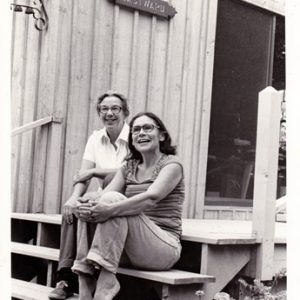
Rewriting the Norm: How Two East Haddam Women Revolutionized Nonsexist Language
East Haddam’s Casey Miller and Kate Swift were both outspoken advocates for eradicating gender bias in the English language.
Read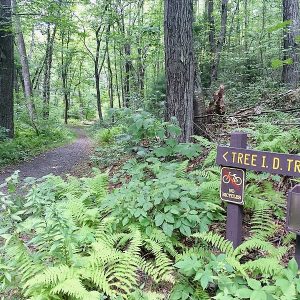
Saving Sessions Woods
After decades as historic family property and summer camp, Sessions Woods became a park after local residents organized to save it from private developers.
Read
Connecticut’s First Known Juneteenth Celebration in Norwich – Who Knew?
In 1989, the Norwich Branch of the NAACP organized the first official Juneteenth celebration in Connecticut—several other towns followed suit in subsequent years and decades.
Read
WDRC AM/FM – Connecticut’s Oldest Commercial Radio Station
WDRC is the oldest continuously operated commercial radio station in Connecticut that uses both AM and FM transmissions.
Read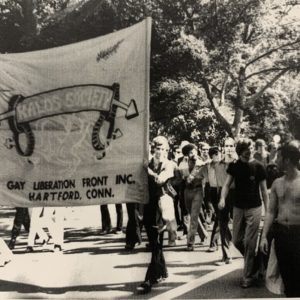
Kalos Society: Connecticut’s First Modern LGBTQ+ Activist Organization
The Kalos Society emerged in the late 1960s as the first gay activist organization in Connecticut
Read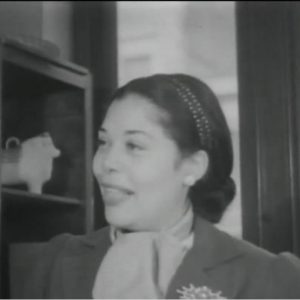
Ann Petry: Old Saybrook’s Bestselling African American Author
Living most of her life in Old Saybrook, Ann Petry was the first African American woman to sell over one million copies of a book with her first novel, The Street.
Read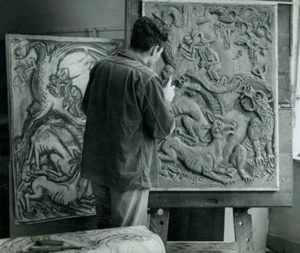
Breaking the Mold: Tradition and Innovation in the Work of Elbert Weinberg
Elbert Weinberg was a Hartford-born sculptor who earned international fame for his works, many of which were influenced by his Jewish faith.
Read
Canon Clinton Jones: A Revolutionary Figure in Connecticut’s LGBTQ+ History
Canon Clinton Jones was a central figure in Connecticut’s LGBTQ+ community and a pioneer for compassionate care, queer visibility, and gender affirmation.
Read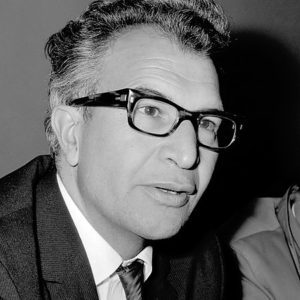
“Take Five” with Dave Brubeck
Dave Brubeck was one of the leading jazz pianists and composers of the 1950s and 60s and made his home in Wilton.
Read
Where the Wild Things Are: Maurice Sendak
Authoring and illustrating dozens of books, such as ‘Where the Wild Things Are’ and ‘In the Night Kitchen,’ Maurice Sendak redefined children’s literature throughout the 20th century.
Read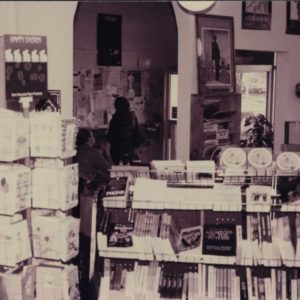
The Reader’s Feast: A Bookstore Ahead of Its Time
For over two decades, The Reader’s Feast was the most progressive independent bookstore in the Hartford area and provided a space for literature, community, food, and affirmation.
Read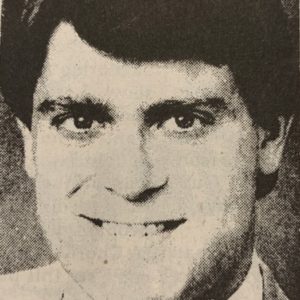
Richard Reihl: The Hate Crime That Became a Turning Point for LGBTQ+ Civil Rights
The 1988 murder of Richard Reihl, a gay man from Wethersfield, galvanized and mobilized communities to organize and transform LGBTQ+ civil rights legislation in the state for decades to come.
Read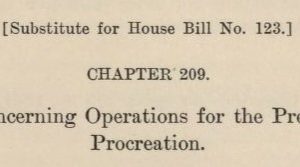
LGBTQ+ Mental Health Treatment in the 20th Century
The simultaneous development of accepted mental health practices and LGBTQ+ visibility over the decades offers a chance to examine how psychological research contributed to the discrimination of LGBTQ+ individuals and communities.
Read
Bridgeport’s WPKN: Going Strong After Half a Century
Bridgeport’s community radio station, WPKN, is still going strong after half a century, offering unique and eclectic programming.
Read
Chief G’tinemong/Ralph W. Sturges
This Mohegan Chief is remembered for successfully guiding the Tribe through the final stages of Federal Recognition, which it obtained in 1994.
Read
Jim Henson, the Muppets, and Greenwich
Between 1964 and 1971, the famous puppeteer and creator of Sesame Street, Jim Henson, lived in Greenwich and created many of his most recognizable characters.
Read
Herbert Abrams Immortalizes the Nation’s Leaders
Herbert Abrams was an American painter whose portraits hang in some of the most prestigious institutions in the country.
Read
Brass City/Grass Roots: Remnants and Revivals
This article is part of the digital exhibit “Brass City/Grass Roots: The Persistence of Farming in Waterbury, Connecticut”
Read
Drawn to Superheroes
Working as an illustrator at DC Comics for over 30 years, Aparo drew for such legendary series as Aquaman, The Brave and the Bold, Green Arrow, and The Spectre.
Read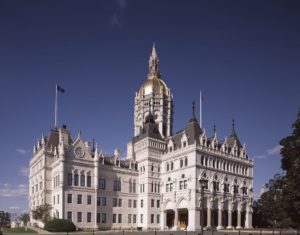
The State Cantata – Today in History: June 3
On June 3, 2003, the Connecticut General Assembly designated The Nutmeg, Homeland of Liberty by Dr. Stanley L. Ralph as the State Cantata.
Read
The Collapse of the L’Ambiance Plaza
On April 23, 1987, twenty-eight workers lost their lives during a collapse at the L’Ambiance Plaza construction site in Bridgeport.
Read
The Hartford Whalers: Connecticut’s Last Major League Sports Franchise
Major league hockey debuted in Hartford in 1975 and the Hartford Whalers remained a staple of the Connecticut landscape for twenty-three years.
Read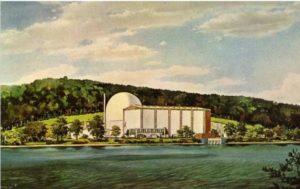
Connecticut Yankee and Millstone: 48 Years of Nuclear Power
In 1968 the prospect of nuclear power energized those hoping to find an alternative to coal, oil, and other fossil fuels.
Read
New Haven Coliseum Imploded – Today in History: January 20
On January 20, 2007, the 35-year-old New Haven Veterans Memorial Coliseum met its end as crews imploded the partially dismantled structure.
Read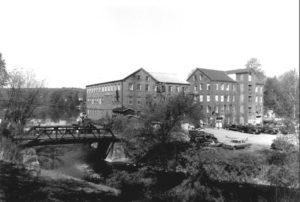
Buckling Up For Auto Safety
Connecticut joined several other states and the District of Columbia mandating seat belt usage for children and adults in automobiles in 1985.
Read
Broadway Comes to Westport
The Westport Country Playhouse is meant to provide artists, students, and entertainers with a place to create and produce live theater experiences away from traditional big city theater districts.
Read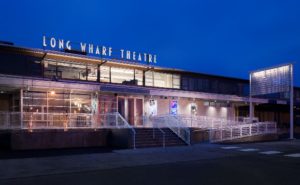
The Origins and Enduring Legacy of New Haven’s Long Wharf Theatre
As a smaller, quieter alternative to Broadway, New Haven’s Long Wharf Theatre overcame an unconventional location to become a smash success.
Read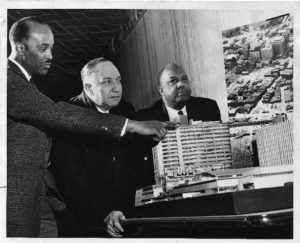
Constitution Plaza Then and Now
Hartford’s first major redevelopment project, Constitution Plaza was built as part of the urban renewal initiatives in the 1950s and ’60s.
Read
Almost a Tragedy: The Collapse of the Hartford Civic Center
In the early morning of January 18, 1978, the roof of the sports coliseum collapsed onto 10,000 empty stadium seats.
Read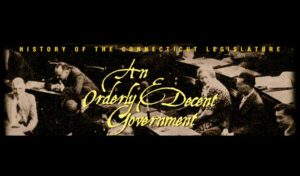
An Orderly & Decent Government: Significant Events & Developments, 1965-Now
Connecticut recast its constitution, reapportioned its House and Senate, and struggled with providing equal rights to all races and socio-economic classes in the state.
Read
An Orderly & Decent Government: A Co-Equal Branch of Government, 1965-Now
Connecticut replaced town-based representation with legislative districts while the state struggled to supply equal opportunities across race and class lines.
Read
An Orderly & Decent Government: Making Self-Government Work, 1965-Now
The 1965 state constitution helped redistribute populations more evenly into districts. It was also a period of new representation for women and African Americans in the state government.
Read
An Orderly & Decent Government: Searching for the Common Good, 1965-Now
The state generated revenue for urban renewal and social programs through gaming and income tax initiatives.
Read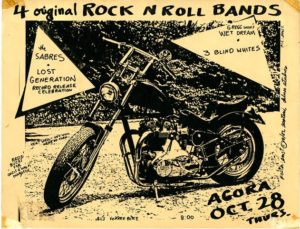
Hardcore Connecticut: Documenting the State’s Punk Rock Scene
Hardcore punk rockers occupied venue spaces, spectators became performers, pools became skate parks, and Xerox machines became the printing press in this underground renaissance.
Read
Raise a Glass to Winemaking in Connecticut
The Colony’s first settlers produced wine and spirits, but it would not be until the 1970s that Connecticut could grow and sell its harvest.
Read
The Lemon Law – Today in History: June 4
On June 4, 1982, Connecticut made legislative history by pioneering the country’s first Lemon Law.
Read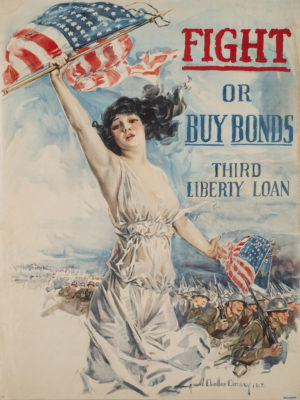
Preserving an All-American Downtown in Torrington
Torrington’s unique and historically significant buildings are the foundation on which local businesses and civic leaders built a revitalized economy.
ReadMore Articles




